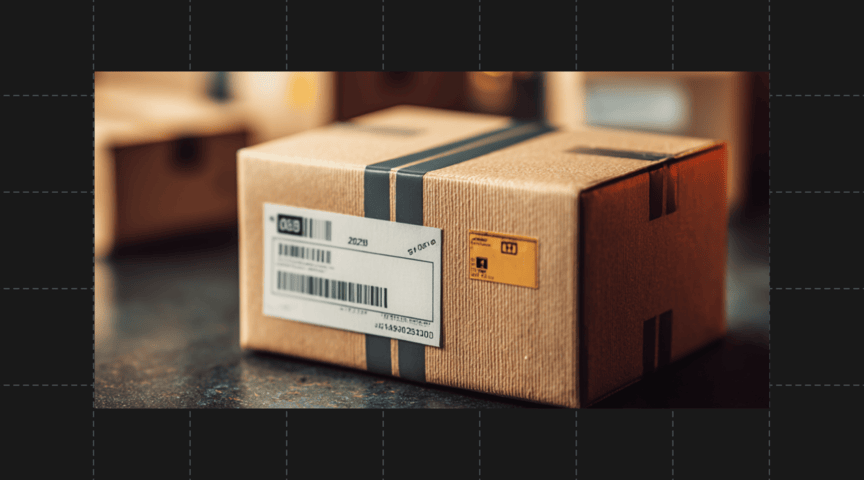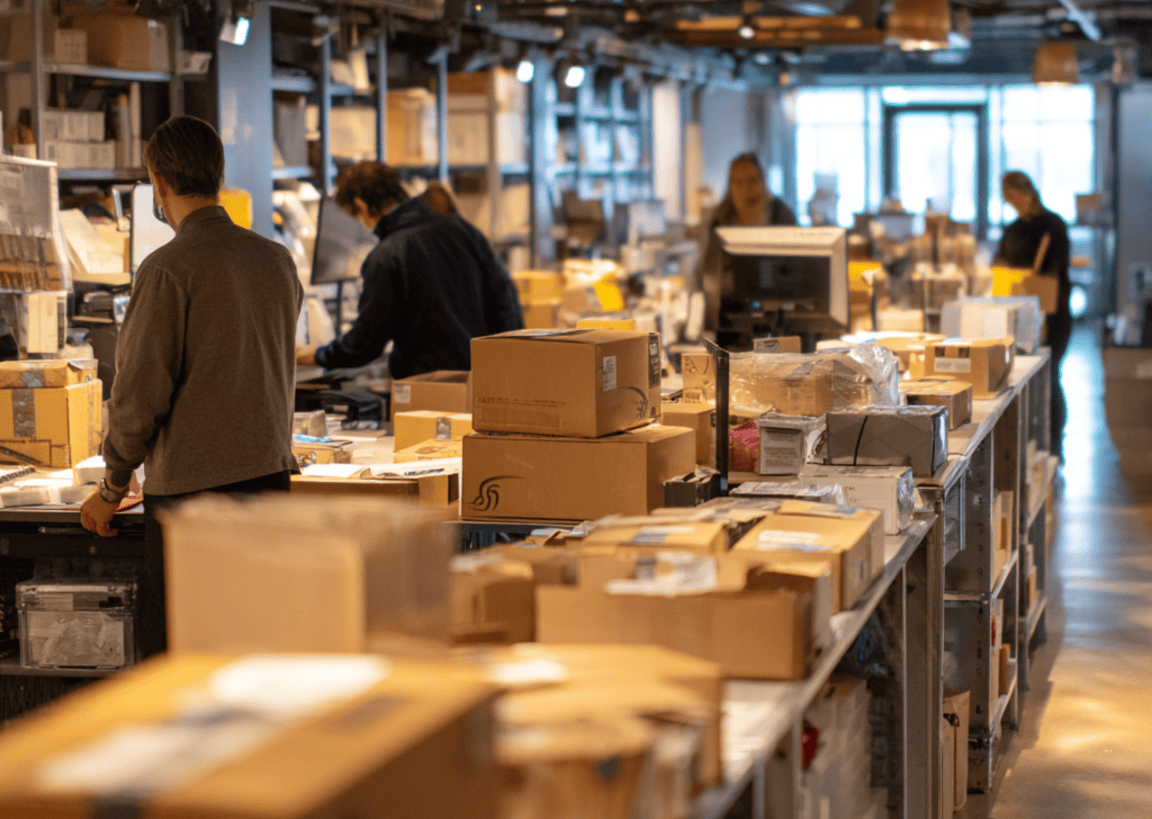From Warehouse to Mailroom: What is the Amazon Effect?

Whether in a corporate office tower, a residential high-rise, or a sprawling university campus, the modern-day mailroom is facing an unprecedented and permanent change. This challenge is known as the Amazon Effect, a global transformation of consumer expectations around speed, transparency, and convenience that has turned traditional mail and parcel centers into complex, overburdened logistics hubs.
The Irreversible Amazon Effect Surge
The dramatic growth of e-commerce has transformed the nature of facility receiving. Before, it was just about letters and inter-office envelopes. Today, it includes a never-ending torrent of personal and business parcels.
This is not a temporary spike. The Amazon Effect is the new normal, proven by industry statistics:
- Global Volume: The overall logistics network is swelling, with global parcel volume projected to reach 217 billion by the end of 2025. This scale ensures a constant overflow effect on every last-mile receiving point.
- The Expectation Economy: Consumers are conditioned to demand speed. As a result, many shoppers are now willing to pay a premium for it, with one survey noting 61% of shoppers want the option to receive their package within 1-3 hours of placing an order. This expectation for speed puts immense pressure on facilities to process incoming packages instantly.

The Big Impact Across All Mailrooms
The strain of this surge is felt across all environments, establishing the package problem as a universal facility challenge.
Corporate & Office Mailrooms
The rise of the hybrid workforce means employees shop online and often ship personal items to their desks, blending personal and professional deliveries. The corporate mailroom is now burdened with handling high-value IT equipment alongside an endless stream of personal shopping, creating a security and chain-of-custody nightmare.
Residential & Multifamily Properties
For property managers, the facility receiving area has become a primary amenity or a massive liability. The volume is massive, with the average household expected to receive an estimated 167 packages in 2024. This constant inflow means residential staff spend valuable time managing packages instead of maintaining the property, leading to perpetually strained storage spaces and high resident frustration.
University & Educational Campuses
Some major universities have reported sustained double-digit percentage growth year after year in package volume, reflecting the broader e-commerce trend of "ship-it-to-me" culture that has overwhelmed campus mail centers. This acceleration mirrors the change in university mailroom logistics, where, for example, USPS shipping/package volumes rose by 21% between 2008 and 2014, while letter mail declined.
The Mailroom Crisis: Where the Volume Becomes a Bottleneck

The problem is the internal process. The manual logging systems, clipboards, and handwritten notes that worked for an era of letters are hopelessly inadequate for an age of parcels. The Mailroom is the critical bottleneck where the macro-trend of e-commerce meets micro-level reality.
The core pains of the new normal are:
- Volume Overload: Storage capacity is perpetually strained, often spilling into hallways and unsecured areas.
- Tracking & Liability: The expectation of "Amazon-level transparency" means staff must provide a rigorous, digital chain of custody for every item, which is a task that is impossible to execute manually.
- Labor Bottleneck: Staff are spending countless hours on inefficient tasks, such as searching for lost packages or manually notifying recipients, which diverts resources from their core responsibilities.

The package surge is permanent, and expectations continue to rise. Modernizing the mailroom requires deliberate effort and smart strategies. Refining mailroom management processes and adopting a smart mailroom solution can help handle the surge caused by the Amazon Effect. In the end, the mailroom can maintain efficiency, security, and tenant/employee satisfaction.






